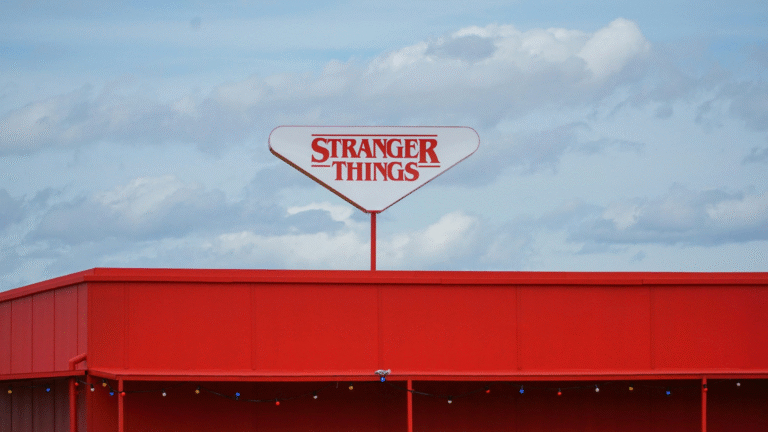
Milialar, the small, pearly white or yellowish cysts that occasionally form beneath the skin, milialar have puzzled and sometimes distressed many individuals. While milialar are generally harmless, understanding their causes, types, and treatment options can help you manage and prevent them effectively.
What Are Milialar? Milialar are small cysts that typically appear as small white bumps on the skin. They are filled with keratin, a protein found in skin, hair, and nails. These cysts most often manifest around the eyes, cheeks, nose, and chin. While generally painless and harmless, some people may find them cosmetically displeasing.
Causes of Milialar Several factors can contribute to the formation of milia in adults. These include:
- Genetics: Milialar tend to run in families, making some individuals more prone to developing them.
- Dry Skin: Skin that is excessively dry can hinder the shedding of dead skin cells, leading to keratin and dead skin becoming trapped beneath the skin’s surface. Using a moisturizer, especially around the eyes, can help prevent this.
- Harsh Skin Care Products: Strong chemical exfoliants, toners, and cleansers can strip the skin, damaging its protective barrier and increasing the likelihood of milia formation. It is advisable to use gentle, hydrating skincare products suitable for your skin type.
- Sun Exposure: Excessive sun exposure can damage the skin and lead to an increase in keratin production, elevating the risk of milia. Wearing broad-spectrum sunscreen daily is essential for skin protection.
- Certain Medications: Some medications, such as steroid creams, may have milia as a side effect. Consult your doctor if you suspect that a medication could be causing milia. Adjusting or changing the medication can often resolve the issue.
Types of Milia Milialar can be categorized into various types, the most common being primary and secondary milia.
Primary Milia: Also known as Milialar en plaque, primary milia form when skin cells become trapped beneath the skin’s surface. They are most common in newborns, often disappearing within a few weeks. In adults, primary milia are typically found around the eyes, cheeks, and forehead. Genetics play a role in their development. Extraction or laser treatment can be performed for cosmetic reasons.
Secondary Milia: Secondary Milialar result from skin damage or trauma. They form as the skin regenerates after injuries like burns, dermabrasion, or skin grafts. Steroid creams or ointments used for skin conditions like eczema or psoriasis may also lead to secondary Milialar. These milia usually clear up as the underlying skin condition or damage heals. Extraction or laser treatment may be required for any remaining cysts.
Milialar Around the Eyes Milialar that form around the eyes, often on the eyelids, are referred to as milia. These cysts are typically small, hard, and white, forming when keratin becomes trapped under the skin. The most common causes of milia around the eyes include aging skin, genetics, and dry skin. To manage this type of milia, extraction by a dermatologist is usually recommended.
Treatment and Prevention The most effective treatment for milia is extraction by a dermatologist. This procedure involves the use of sterilized instruments to open the cyst and extract the trapped keratin gently. While this method is highly successful, it may result in some scarring.
Other treatment options include laser therapy, prescription creams like retinoids, and minor surgery. Preventive measures include using broad-spectrum sunscreen daily, keeping the skin well-hydrated, avoiding harsh skincare products, and using suitable eye creams containing hydrating ingredients.
Understanding milia, its causes, types, and treatment options is crucial in effectively managing and preventing this common skin condition. While generally harmless, seeking professional advice from a dermatologist can provide the best guidance on managing and treating milia for clear, healthy skin.
Milia that form around the eyes, known as periocular milia, are particularly common and can be a concern due to their location. Often appearing on the eyelids, these small, hard, white cysts form when keratin becomes trapped under the skin. Causes include the natural aging process, genetics, and dry skin. To manage this type of milia, it is recommended to consult a dermatologist for professional extraction. This procedure involves gentle removal using sterilized instruments under controlled conditions.
Treatment and Prevention Strategies
The most effective treatment for milia is professional extraction by a dermatologist. However, other options include laser therapy, prescription creams like retinoids, and minor surgery. Preventive measures involve daily use of broad-spectrum sunscreen to protect the skin, keeping the skin well-hydrated to facilitate natural exfoliation, avoiding harsh skincare products, and using suitable eye creams with hydrating ingredients.
In summary, understanding the causes and types of milia is crucial in effectively managing and preventing this common skin condition. While generally harmless, seeking advice from a dermatologist can provide the best guidance on managing and treating milia, ensuring clear, healthy skin and peace of mind.












